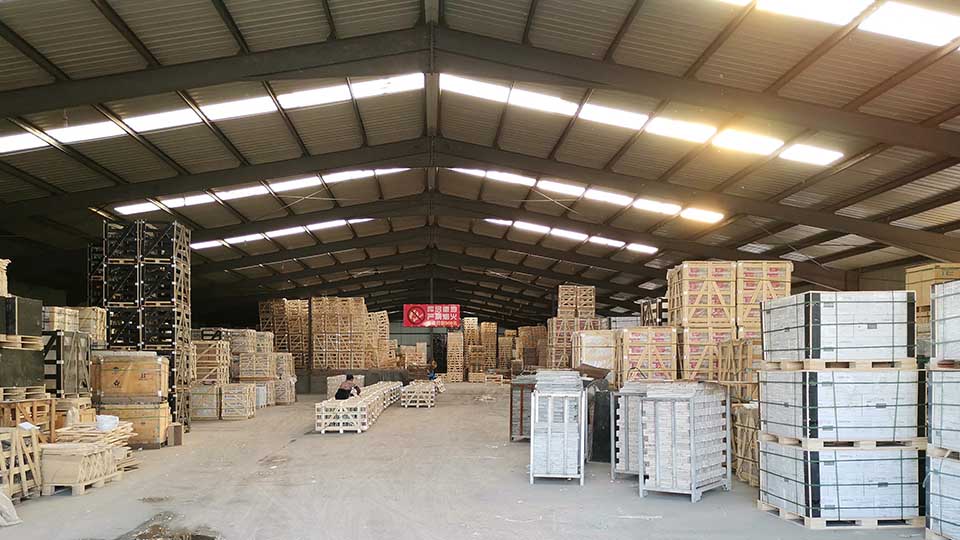what is slate made of
Unraveling the Composition of Slate: A Deep Dive into its Mineralogy and Formation
Slate, a metamorphic rock renowned for its distinctive layered structure and diverse applications, is more than just a simple stone. Its composition, a complex interplay of minerals and geological processes, dictates its unique properties and aesthetic appeal. This article delves into the technical intricacies of slate's composition, exploring its mineralogical makeup, the transformative processes that shape it, and the resulting characteristics that define this versatile material.
The Sedimentary Origins: A Foundation of Clay and More:
Slate's journey begins with sedimentary rocks, primarily shale or mudstone. These rocks are composed of fine-grained particles deposited over time, creating layers of sediment.
Shale and Mudstone Composition:
These sedimentary precursors predominantly consist of clay minerals, such as illite, chlorite, and kaolinite.
They also contain varying amounts of quartz, feldspar, and other detrital minerals.
Organic matter, iron oxides, and carbonates can also be present, influencing the rock's initial composition and color.
Clay Mineral Alignment:
In sedimentary rocks, clay minerals are often randomly oriented.
This random orientation is a key difference between shale and the later formed slate.
Metamorphism: The Crucible of Transformation:
The key to slate's formation lies in regional metamorphism, a process where sedimentary rocks are subjected to increased heat and pressure, typically during tectonic plate collisions and mountain-building events.
Regional Metamorphic Processes:
Heat and directed pressure cause the constituent minerals to recrystallize and align themselves perpendicular to the direction of maximum stress.
This alignment creates the characteristic foliation or "slaty cleavage" of slate.
Mineralogical Changes:
Clay minerals transform into finer-grained mica minerals, primarily sericite and chlorite.
Quartz recrystallizes, and other minerals may undergo similar transformations.
The degree of metamorphism determines the final mineral composition.
Foliation Development:
The parallel alignment of mica minerals creates the distinctive slaty cleavage, allowing the rock to be easily split into thin, flat sheets.
This is a defining characteristic of slate, and is a result of the pressure applied during the metamorphic event.

Mineralogical Components of Slate:
The resulting slate is a complex mixture of minerals, each contributing to its unique properties:
Mica Minerals (Sericite and Chlorite):
These are the dominant minerals in slate, responsible for its foliation and smooth, planar surfaces.
Sericite, a fine-grained white mica, contributes to the rock's sheen.
Chlorite, a green mica, can impart a greenish tint to slate.
Quartz:
Quartz, a hard and durable mineral, adds strength and abrasion resistance to slate.
It is often present as fine-grained crystals, contributing to the rock's overall hardness.
Clay Minerals (Residual):
Some clay minerals may persist in slate, particularly in lower-grade metamorphic varieties.
These minerals can influence the rock's texture and water absorption.
Iron Oxides:
Iron oxides, such as hematite (red) and goethite (yellow), can impart reddish or yellowish hues to slate.
These minerals can also contribute to the rock's weathering properties.
Carbonaceous Material:
Organic matter preserved during metamorphism can lead to darker, almost black coloration.
This material can also affect the rock's density and hardness.
Other Minerals:
Other minerals, such as feldspar, pyrite, and calcite, may be present in smaller amounts, influencing the rock's overall composition and properties.
Factors Influencing Slate Composition:
The specific composition of slate is influenced by several factors:
Parent Rock Composition:
The original composition of the shale or mudstone significantly influences the resulting slate.
Variations in the parent rock's mineralogy and organic content lead to variations in slate composition.
Metamorphic Grade:
The intensity of heat and pressure during metamorphism determines the degree of mineralogical transformation.
Higher-grade metamorphism leads to more complete recrystallization and the formation of larger mica crystals.
Geological History:
The specific geological history of the region where the slate formed influences the types and amounts of minerals present.
The length of time, and the amount of pressure applied, all play a role.
Implications of Slate Composition:
The composition of slate dictates its physical and aesthetic properties:
Color Variations:
The presence of iron oxides, carbonaceous material, and other minerals contributes to the diverse color variations observed in slate.
Texture and Cleavage:
The alignment of mica minerals determines the rock's texture and its ability to be split into thin sheets.
Durability and Strength:
The presence of quartz and other hard minerals contributes to slate's durability and strength.
Weathering Resistance:
The mineral composition influences the rock's resistance to weathering and chemical alteration.
Technical Analysis of Slate Composition:
To determine the precise composition of slate, various analytical techniques are employed:
X-ray Diffraction (XRD):
XRD identifies the crystalline phases present in slate, providing information about its mineralogy.
X-ray Fluorescence (XRF):
XRF determines the elemental composition of slate, providing data on the abundance of major and trace elements.
Optical Microscopy:
Optical microscopy allows for the examination of slate's texture and mineralogy at a microscopic level.

Scanning Electron Microscopy (SEM):
SEM allows for very high magnification images of the minerals, and can be combined with EDS to identify the elements present within the minerals.
In conclusion, slate's composition is a testament to the transformative power of geological processes. Its mineralogical makeup, a product of sedimentary origins and metamorphic forces, dictates its unique properties and aesthetic appeal. Understanding the intricacies of slate's composition is crucial for appreciating its versatility and utilizing it effectively in various applications.



